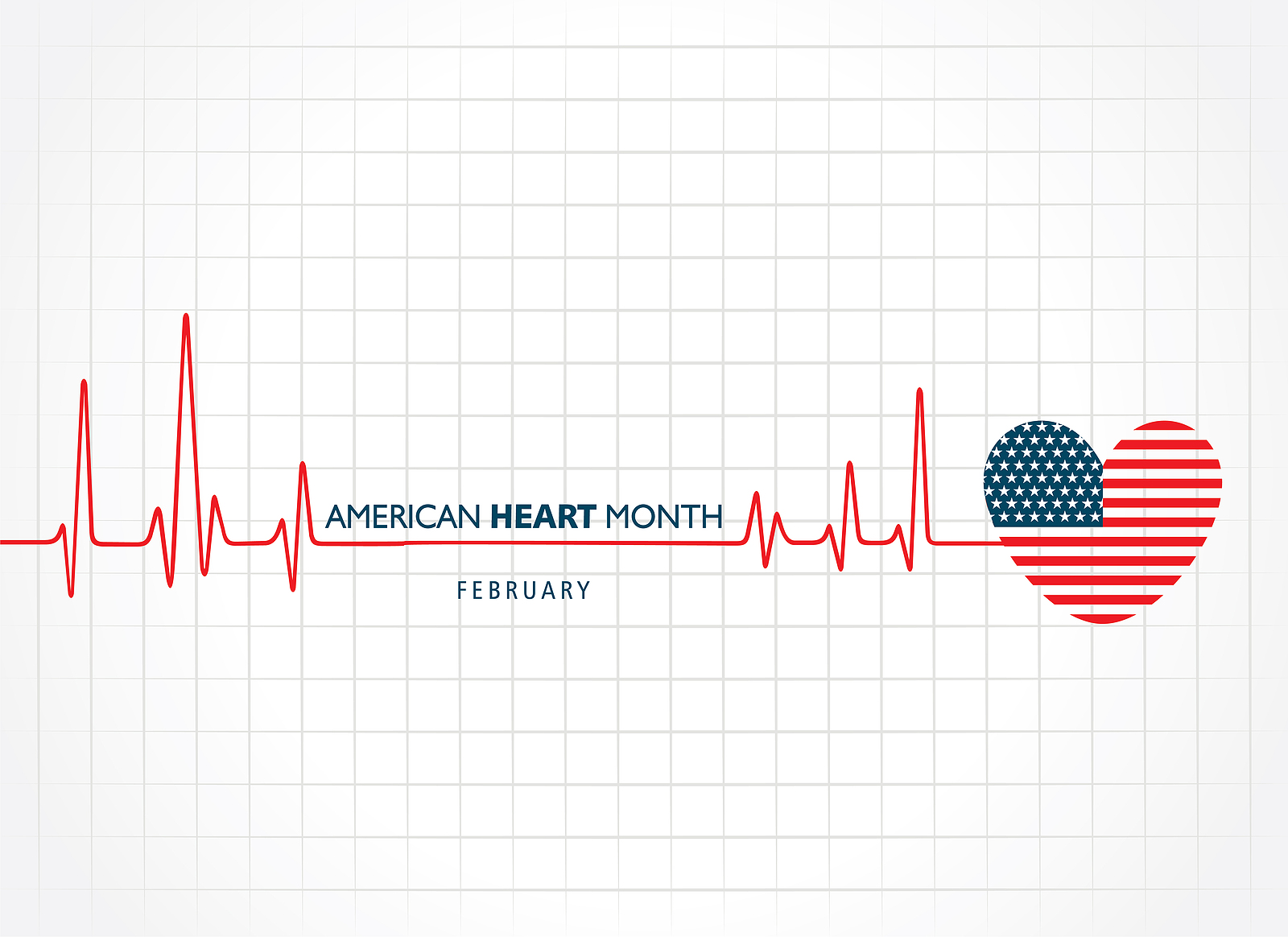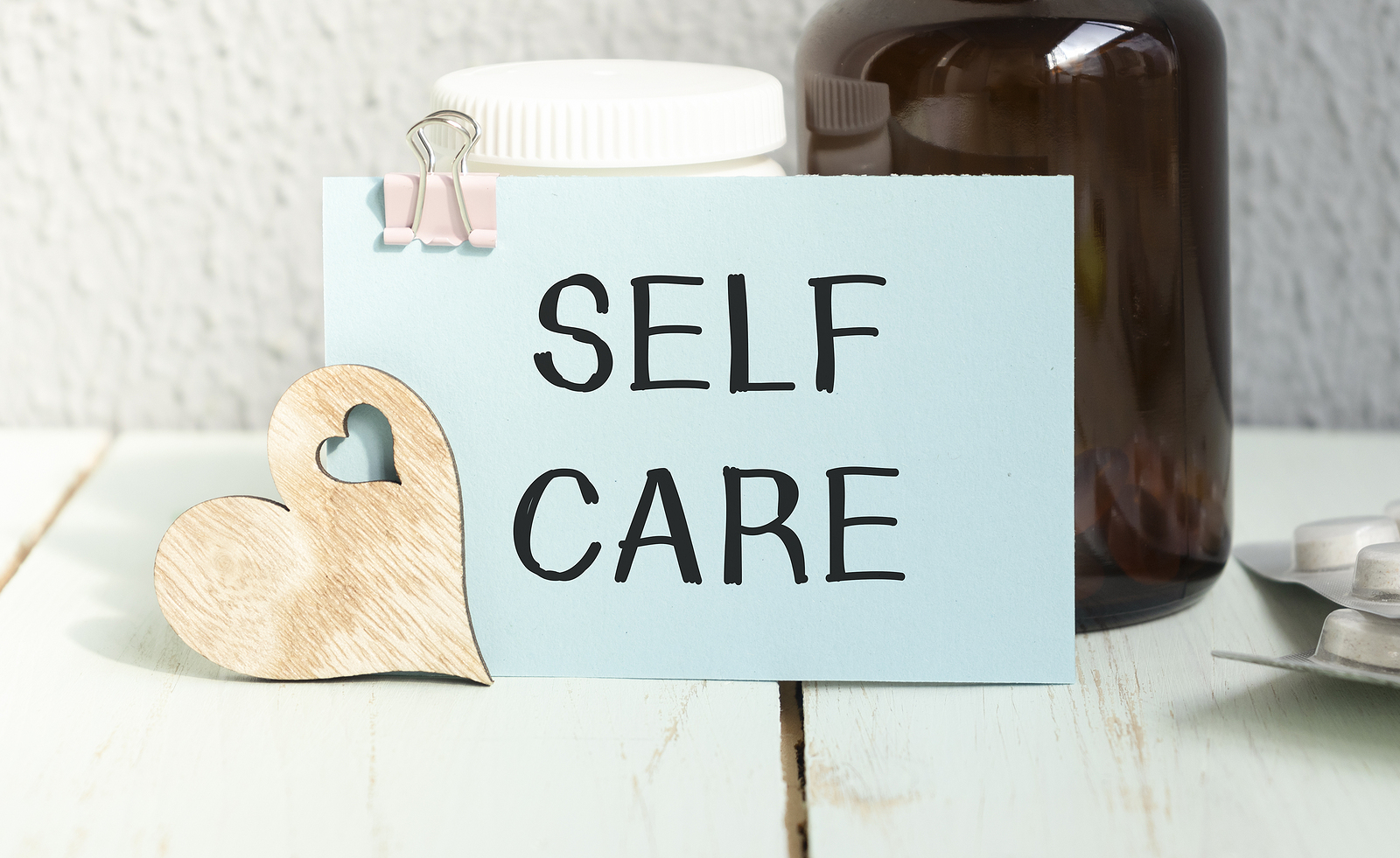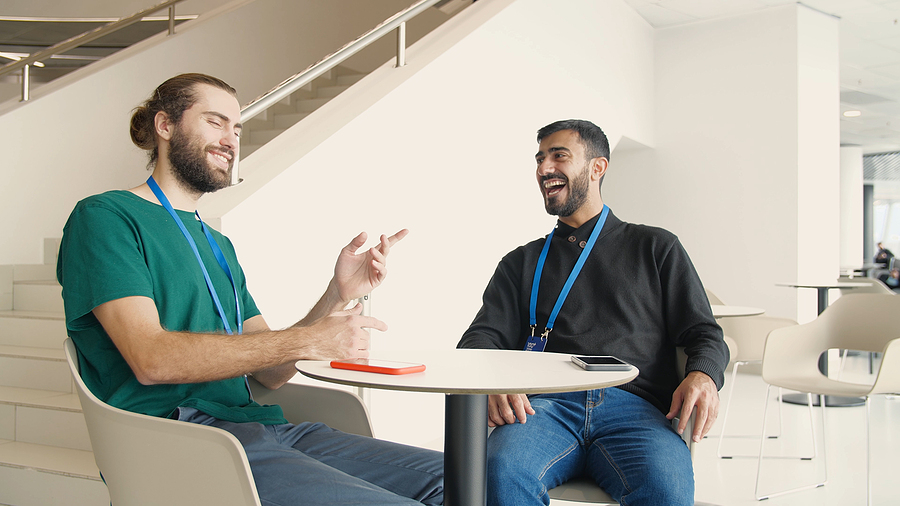FAQs for PMG
PMG provides labor solutions to American manufacturers. That’s what we do in a nutshell and we take the “solution” part of that equation seriously. As a result, all of us here end up asking a lot of questions to make sure we find the right way to solve the real problem. During that process, we end up getting asked a fair amount of questions ourselves. This blog is our effort to provide answers to the questions PMG employees get asked the most.
What is Industry 4.0?
Great question! Here at PMG, we’re big proponents of the continuous improvement mindset necessary to adapt and adjust to the consistent changes Industry 4.0 requires of manufacturers and fabricators. But what is it, actually? Industry 4.0 refers to the fourth industrial revolution and the rise of digitization and automation in pursuit of “Lights Out Manufacturing”.
Earlier industrial revolutions happened with steam and water power, electricity and assembly lines. Finally, computerization transformed then-standard models for production. This latest revolution is all about the confluence of those previous breakthroughs through use of integration technologies to create interconnected networks of systems that can communicate with each other. Basically, Industry 4.0 is the point where our cyber and digital worlds are meeting in real time and it will impact all disciplines, economies, and industries.
What does it benefit?
Many of you have heard of Industry 4.0 before, but you’ve probably just heard it referred to in terms of robots coming to take your jobs. However, this couldn’t be further from the truth.
According to a comprehensive study conducted by the Hays Global Skills Index, we’re expecting technology to eliminate close to 75 million jobs in the next decade. That’s a lot, but the same study estimates close to twice as many new jobs (133 million) will be created. Put simply, the robots won’t take your jobs. In fact, they will make them better, easier, and safer.
Read this Bernard Marr article if you’d like to learn more about the benefits, to all industries, of early Industry 4.0 adoption.
What’s next?
In one word, change. That’s why we believe so firmly in the importance of a continuous improvement mindset. Industry 4.0 is not going to eliminate jobs, but it will cause them to change continuously and consistently for the rest of your career. You need to prepare yourself to be able to change your skills and focus right along with them.
Most commonly, technology changes jobs by moving the human element (you) further and further from where material and machine meet. That’s where inefficiencies, injuries, and human errors occur. This means that, as important as your technical skills are and always will be, the five technological skills below are just as important for you (according to a Deloitte study) to master in the future. These abilities will be necessary for you to be able to continue to apply your technical skills to your job as your trade or facility is disrupted throughout Industry 4.0.
- Technology & Computer Skills
- Programming Skills for Robotics & Automation
- Critical Thinking
- Working with Tools & Techniques
- Digital Skills
Additional Resources
If you’d like to learn more about Industry 4.0, or how to prepare your career for it, watch our free webinar Manufacturing in the Future: The Changes Yet to Come.
Did you find this informative? Send your questions to our Writing Team and keep an eye out for future FAQ’s for answers!
Want more FAQ? Check out our post on Supply Chain.









